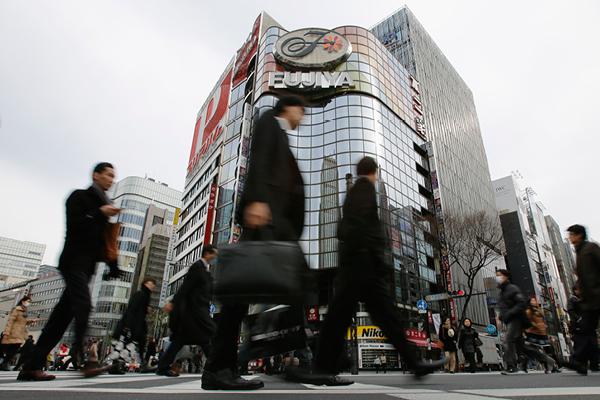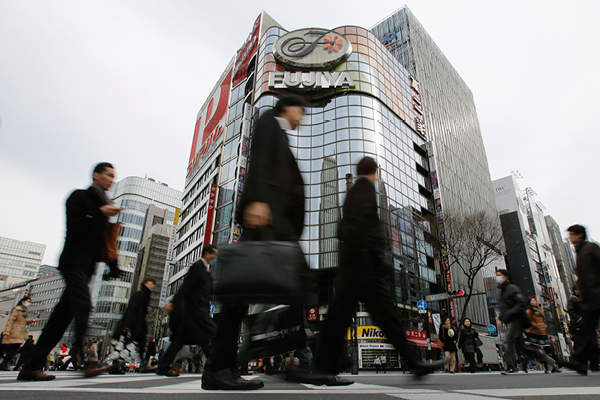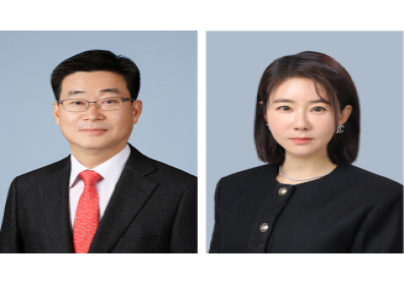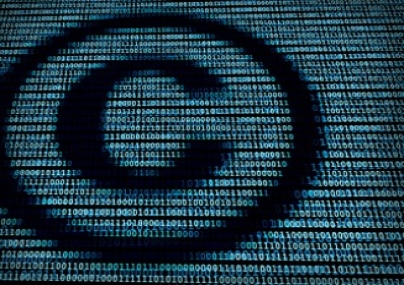
Amendments to Japan’s intellectual property laws, which were passed in 2014, took effect on April 1 this year. Some marquee changes include the introduction of non-traditional trademarks and a new patent opposition system in Japan. Kanishk Verghese reports
In the works for several years, amendments to Japan’s patent and trademark laws were passed in the National Assembly in 2014, and came into force on Apr.1 this year.
Back to topTrademarks: protection of non-traditional marks
Japan’s Trademark Act has been amended to allow the registration of non-traditional marks such as colour and sound. The U.S. and the EU, as well as the likes of China, Singapore and South Korea, already have similar protections in place. While marks involving colour, sound, movement and position can now be registered under the new system, marks relating to scent, touch and taste still cannot be registered as trademarks. The use of non-traditional marks has been on the rise in recent years, with companies like Apple and Intel registering such marks across jurisdictions worldwide. With the new amended trademark law, businesses are now able to protect these marks in Japan as well.
Once the non-traditional marks are registered in Japan, intellectual property (IP) lawyers expect to see many disputes arise between applicants and third parties. According to the amended Trademark Act, in an instance where a non-traditional trademark is used in a way that consumers cannot associate the goods or services with the trademark owner’s business, it will not be treated as trademark infringement. “In infringement lawsuits over the new trademarks, we expect that some accused infringers will use this as their defence,” says Takanori Abe, founder of Japanese law firm Abe & Partners.
Since Japan adopts the first-to-file system for trademarks, lawyers advise both Japanese and international businesses with existing non-traditional marks to register them as trademarks in Japan as soon as possible.
Back to topPatents: a new opposition system
The main change to Japan’s patent law is the introduction of the post-grant opposition system, which is designed to give the patent holder more certainty at an earlier stage in a patent’s lifecycle, and enhance the overall stability of patents in Japan.
Prior to the amendment, the primary way for parties to oppose a patent was via an invalidation trial. “Under that system, many inventions lacking novel and inventive steps were registered as patent rights, and patent holders would often hesitate to file a patent infringement lawsuit against a potential infringer because, in many cases, the defendant would then file a patent invalidation trial during the patent litigation,” says Yoshifumi Onodera, a partner at Mori Hamada & Matsumoto. “The new opposition system makes patent holders more confident in the validity of their patent rights, and encourages them to enforce their patent rights in the first place,” says Onodera. In contrast, the new opposition system offers a cheaper and potentially faster method to dispute patents. Oppositions can be filed by any individual or party within six months of the patent’s publication in the patent gazette. Furthermore, oppositions will be conducted by documentary proceedings rather than oral hearings, which take place in patent invalidation trials. With no oral proceedings in an opposition, the burden of the petitioner is significantly lowered, says Abe. “The new opposition system also allows petitioners to hide their name. This is important because Japanese companies do not like to reveal their name to their opponents, and often use the names of their patent attorneys. As a result, I expect to see a large number of oppositions from Apr.1 onwards,” says Abe.
The opposition system is not new to Japan. The system was used up until 2003, after which it was discontinued and integrated into the trial for patent invalidation. However, patent invalidation trials required a lot more preparation than in oppositions, and therefore increased the burden – and the costs – on the parties involved. “Some companies chose not to enter invalidation trials and instead preserved their prior art for future disputes. As a result, patents with possible defects were enforced, which led to socially undesirable outcomes,” says Abe.
Consequently, a new and improved opposition system has been reintroduced, putting Japan on par with the systems in the U.S. and Germany. If an opposition is accepted, the patent applicant is allowed to appeal to the IP High Court. However, under Japan’s new system – unlike in the U.S. or Germany – the opposing party cannot appeal to the IP High Court if the opposition is rejected.
Under the new system, patent applicants will undoubtedly face a number of oppositions filed against them during the first six months of the patent’s publication. However, they will be less likely to face patent invalidation trials down the road. This allows patentees to build up stronger patent portfolios, which will improve the reliability of patents and enhance patent stability in Japan.
Back to topAmendments in the pipeline
Further amendments to Japan’s IP laws are already in the pipeline. One bill, which was submitted to Japan’s National Assembly in March this year, is proposing to change the inventor remuneration system for employees in Japan. “Under the current Japanese patent law, an invention created by an employee of a company originally belongs to the employee. But the new bill proposes that the patent invention should originally belong to the company in cases where it is stipulated in the employment agreement or employment regulation of the company,” says Onodera. “In addition, the new rule would also oblige companies to compensate employees for their inventions. There have been many disputes between companies and employees regarding employee inventions. However, the new rule is expected to improve the predictability of the legal risks of exploiting an employee’s inventions,” he adds.
In addition, other amendments to Japan’s patent law are being discussed to help ease the burden of proof on the patentee in an infringement case. This should in turn encourage patent holders to take potential infringers to court, increasing the number of patent infringement cases in Japan. The current number of patent infringement cases filed annually in Japan is quite low – at around 150 – which is significantly lower than in the U.S., Germany or China, says Abe. As a result, the government is looking to amend the patent law to increase the number of patent infringement lawsuits as well as the winning rate for patent holders litigating in Japan. Abe notes that the rulings handed down by the Japanese courts over the past few years have started to increasingly favour the patent holder. “With the winning rate for the patentee increasing, and with it becoming more difficult for the defendant, this is actually a very good era for patentees to file patent infringement lawsuits.”
Back to top


